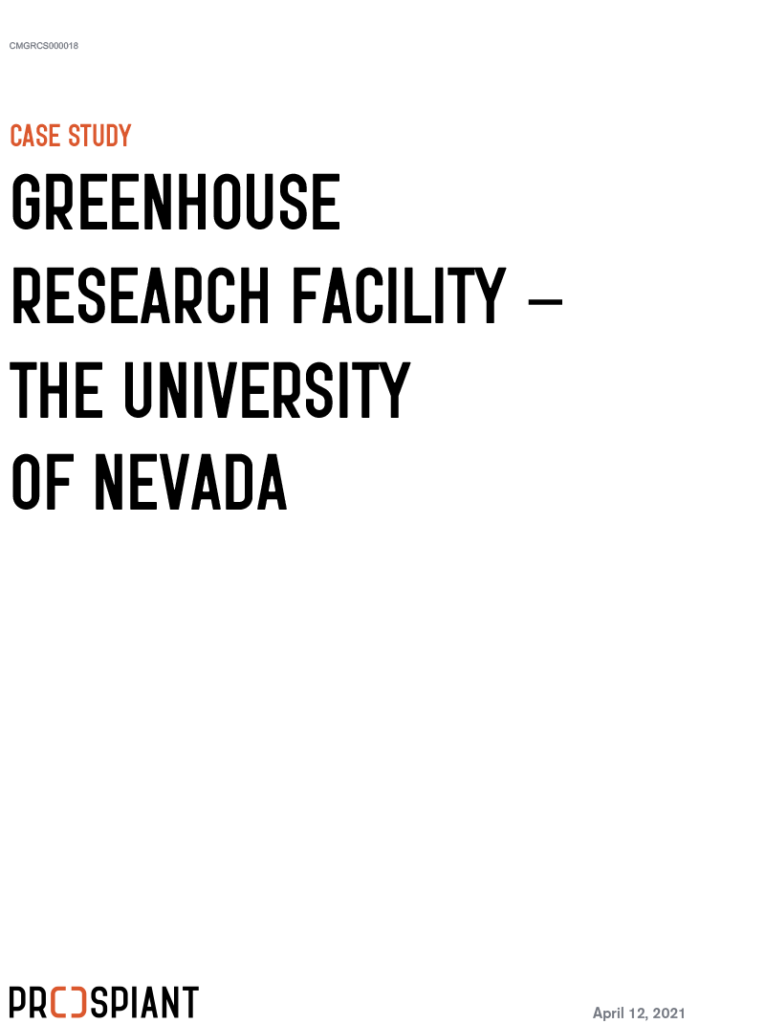Commercial Greenhouse Heaters
Prospiant offers growers a variety of heaters to choose from when looking to add warmth to their commercial greenhouse. When cold weather strikes, strike back by keeping your greenhouse warm with a commercial heater installed by us!
The heated air is then mixed throughout the greenhouse Reach out to our experts and learn more about how we can deliver the solutions for all of your greenhouse heating needs!

Commercial Greenhouse Heating Systems
When the growing season approaches, ensure that your greenhouse has all of the necessary equipment on hand to keep your plants happy and healthy.

How Our Commercial Greenhouse Heating Systems Work
One method of heating greenhouses is the use of overhead unit heaters. Forced air greenhouse heaters can operate off heated water, or other fuel sources like natural gas, propane, and oil. These commercial heaters blow hot air from the heat source into the greenhouse environment, allowing you to quickly adjust the temperature of your space whenever a cold day looms.
Once the heated air is pumped into your greenhouse, the air is then circulated throughout the entire space with the use of horizontal air flow (HAF) fans or fan jets. While less common, another way that we can introduce proper air circulation into your greenhouse is with poly convection tubes. When considering the relatively low price tag our heaters have in combination with their advanced efficiency, you can rest assured that the investment you make in a greenhouse heating system will be worth it!
Greenhouse Heating Options
Are you looking for an efficient system to keep your greenhouse warm? With so many different sizes, styles, and price points, it can be difficult to find the product you need that will help reduce heat loss in your space. Some of the many heating options available include:
- Natural Gas Heaters
- Electric Heaters
- Radiant Heaters
- Modine Heaters
- Tube Heaters
- And More!

Highlights
- Our heaters are highly efficient and can quickly increase the temperature of your commercial greenhouse in a short period of time.
- Compared to some of the more lavish industrial heaters out there, ours produce a similar amount of heat while remaining relatively inexpensive.
- Our expert installers can quickly set up your heating system. There’s no need for a significant construction overhaul when you can have the easy installation we offer.

Commercial Brochure
Overview of our greenhouses in public gardens, retail garden centers, schools, universities, and research institutions.

Case Study: Greenhouse Research Facility – The University of Nevada
Read about our new University of Nevada, Reno, Greenhouse Research Facility.

Case Study: White Oak Garden Center
Read our case study on the White Oak Garden Center in Cincinnati, OH
Product Gallery



